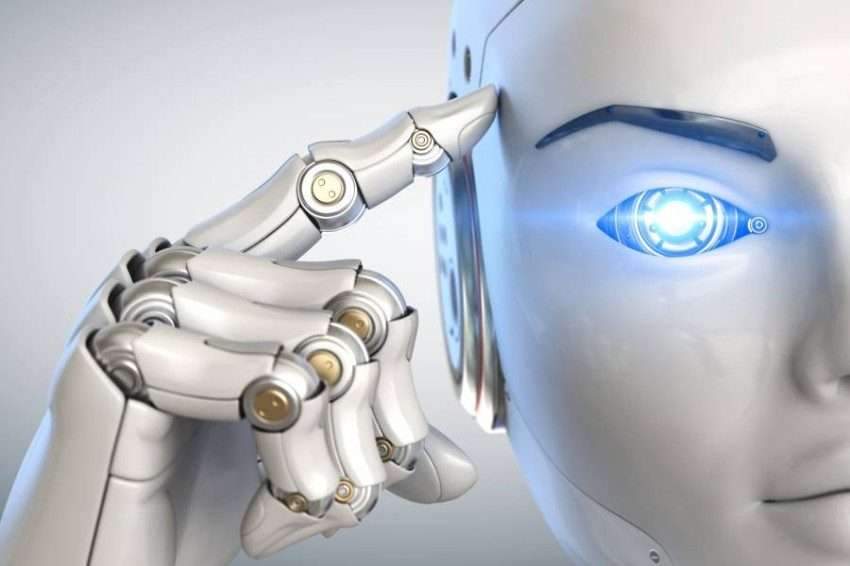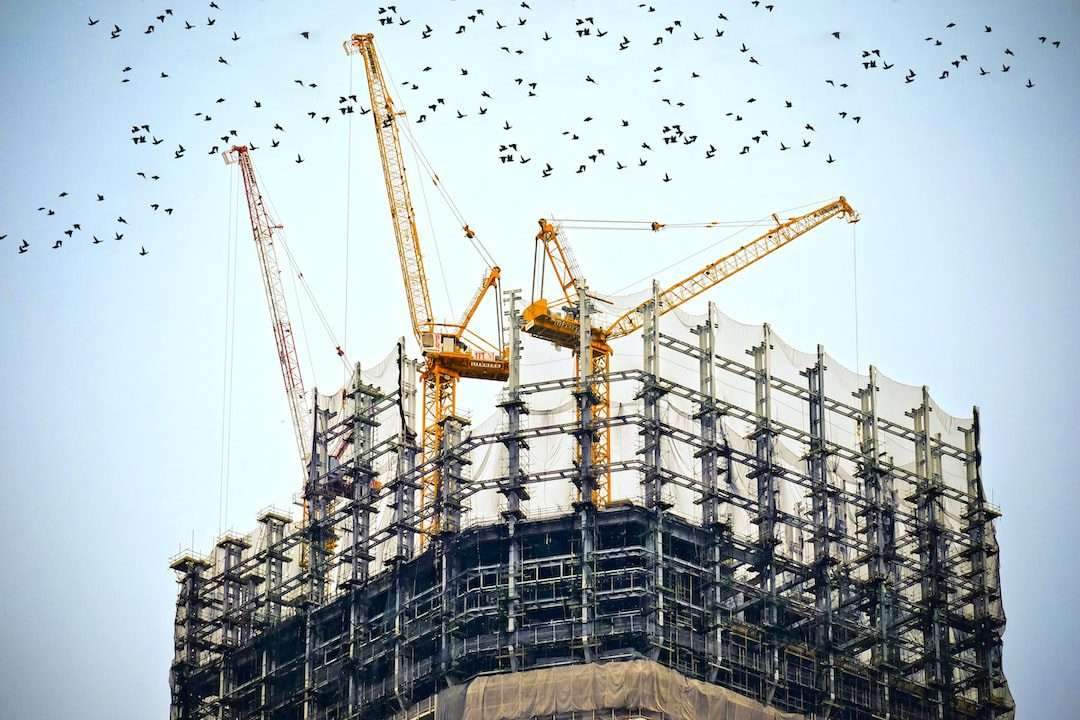Construction safety is a critical concern in the construction industry,
and its importance is only increased by the escalating complexity of projects and challenges.
Unfortunately, traditional safety measures are no longer sufficient to keep workers and property safe in our increasingly technological world.
This is why construction safety must evolve to meet current needs by taking advantage of the latest advances in artificial intelligence technology.
The future of building safety lies in building monitoring using artificial intelligence (AI).
And by using various forms of artificial intelligence—from machine learning to deep learning and more—we can empower construction companies to quickly and accurately identify risks,
monitor progress in real time, recognize potential risks before they become serious problems,
and make informed decisions about how to do so .
Best to solve any problems that appear during the process.

The role of artificial intelligence in improving construction safety
The potential of AI technology to revolutionize the construction industry is huge.
By leveraging AI to monitor job sites, construction companies can dramatically improve safety, reduce costs, and improve workflow.
AI-powered systems can detect safety hazards, alert workers in real time, monitor environmental conditions,
and alert supervisors of potential problems.
This can reduce the time required for job site inspection, which saves time and money manually.
Not only can AI help detect safety risks, but it can also be used to provide safety training.
For example, AI-powered systems can provide interactive safety training by guiding workers through the steps to take when a specific hazard is detected on the job site.
This type of training is more effective than traditional methods and can help reduce the number of accidents on construction sites.

Artificial intelligence technology is also being increasingly used to monitor the performance of construction workers.
By tracking worker productivity, AI-powered systems can help alert supervisors of potential problems before they cause costly delays or accidents.
And with AI-powered systems, supervisors can identify workers who are not performing as expected and provide additional training and resources to ensure their safety and the safety of other workers.
AI is also improving planning and scheduling in construction safety,
as managers can use predictive analytics to identify which operations are most likely to cause an injury or incident and adjust their plans accordingly.
In addition, AI can help generate scheduling recommendations, allowing construction managers to plan tasks and projects more efficiently.

Technologies used in monitoring buildings based on artificial intelligence
The incorporation of artificial intelligence (AI) into building monitoring systems is revolutionizing how construction sites are monitored for safety.
AI-based building monitoring makes it easier for construction site managers to spot potential safety issues and quickly take corrective action.
This technology has made it possible for construction sites to remain safe and efficient in ways you never imagined.
But what technologies are used in monitoring buildings based on artificial intelligence?
AI-based building monitoring systems use cutting-edge technologies, including advanced image recognition,
3D scanning, cloud computing, and machine learning.
Advanced image recognition technologies and 3D scanning detect and recognize objects and people in a location.
These advanced technologies can identify safety hazards such as workers without hard hats, open electrical outlets,
and hazardous materials.
In addition, they can detect activities that are performed in a dangerous manner or without proper safety equipment.

Cloud-based computing enables the AI-based building monitoring system to monitor multiple data points in real time and take action instantly.
If a safety hazard is detected, the system can immediately alert the construction site manager to take corrective action.
Machine learning is another essential part of AI-based building monitoring systems.
This technology enables the system to detect patterns and predict future safety risks.
For example, the system might predict when a worker is likely to be exposed to a hazardous environment or when equipment is likely to fail.
Monitor buildings using artificial intelligence
Machine learning also helps the system to continuously monitor and update itself to be as accurate as possible.
By leveraging these cutting-edge technologies, AI-based building monitoring systems are revolutionizing how construction sites are monitored for safety.
And with AI-based building monitoring, construction sites can remain safe and efficient in ways never before.
In conclusion, Building Monitoring using AI is revolutionizing how we manage safety in construction.
The use of artificial intelligence and other advanced technologies is also making it easier for construction companies to instantly identify and mitigate safety risks.
AI also provides valuable insights into construction projects and gives contractors a better understanding of potential safety issues.
In addition, AI-enabled technologies make it easier to detect, report, and respond to safety threats in real time.
And with advances in artificial intelligence and other technologies,
construction companies are on the way to creating a safer and more efficient work environment.
For more architectural news
Green building practices that lead to lower carbon dioxide levels


 العربية
العربية